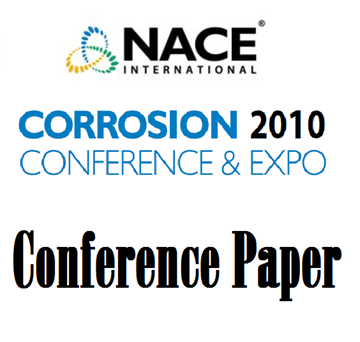Search
10273 Erosion Corrosion of SS316L Trays in FCC's Sour Water Stripper
Also Purchased
05569 The Application of Process Analyses to Prevent Corrosion in Sour Water Stripper Overhead Cooler Tubes
Product Number:
51300-05569-SG
ISBN:
05569 2005 CP
$20.00
10349 Prediction and Assessment of Ammonium Bisulfide Corrosion Under Refinery Sour Water Service Conditions-Part 2
Product Number:
51300-10349-SG
ISBN:
10349 2010 CP
Publication Date:
2010
$20.00
01531 METALLURGICAL EVALUATION OF A BULGED FCC REACTOR
Product Number:
51300-01531-SG
ISBN:
01531 2001 CP
$20.00




